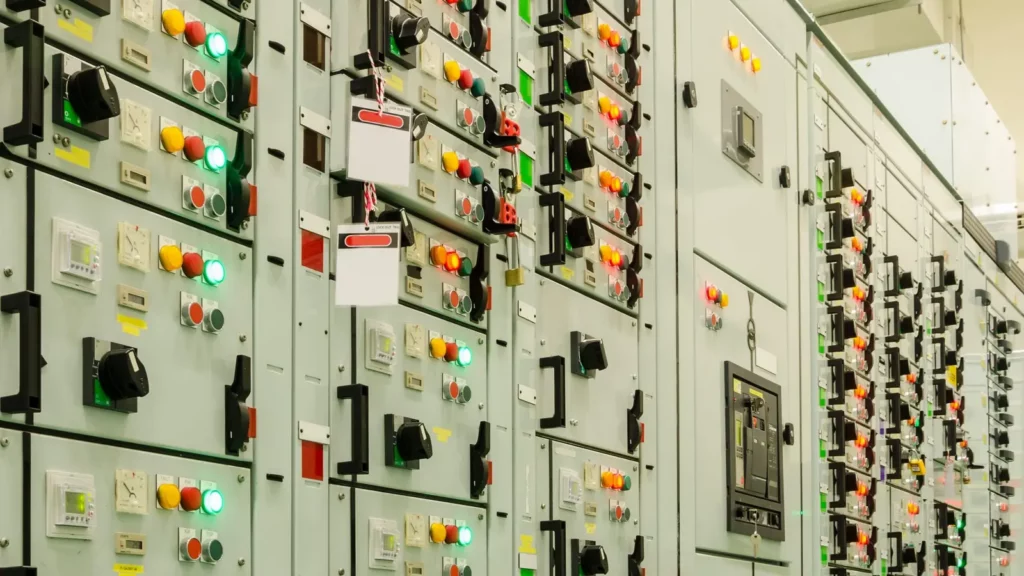Before making changes to a device or process, you want to know the impact of that change. Device modeling simulates different scenarios and gives you that information. We can capture information about the how different machine settings and configurations will alter the output of the machine. Using this model we can then provide recommendations to the user on how to use the device optimally. Besides, we can enhance the user experience by making the product smart and intuitive.

Edge Opportunities
Decision making with support of machine learning helps the user to use the device properly. If the equipment is rented, the user may not know how the device should behave. With the Ekkono SDK you can create a predictive model which reflects the device behavior. We can use this model as a simulation tool for evaluating how the machine would react if it was used in a different way. Device Modeling gives the user recommendations on how to best operate the device for optimal performance.
Predictive models can be trained with batch or incremental learning. Batch learning is carried out offline, on available data. Data for batch learning needs to include a variety of operating conditions for the device. Proper data for batch learning can in many cases be hard to obtain, due to time and cost constraints.
Incremental learning eliminates the need for historical data by performing the actual learning in real-time on the device. Training on the device makes it possible for the model to learn the unique conditions for each device. Incremental learning making the model’s predictions specifically tailored to the device’s unique conditions.
Device Modeling
Problem
Operators may not understand the consequences of their actions and may hence take suboptimal decisions.
Solution
Train a model that can explain the effect of user behavior and simulate alternative scenarios using the model.
Application
Continuously rerun simulations and present alternative scenarios to the user.
Read more about our Use Case Archetypes.